Dolphins make sounds that travel as underwater waves. These sounds help dolphins navigate, communicate with each other, and find food. We call it echolocation.
Energy travels through waves.

Waves transport energy, not matter, from place to place. Remember that matter is made of particles too small to be seen.
Particles are required to transport some types of waves, such as sound waves. When the wave travels, the particles do not travel with the wave. It may appear that ocean waves are moving particles of water toward you, but in fact, the water is only moving up and down.
We can test this by placing a heavy ping-pong ball in a wave tank. The waves move from one side of the tank to the other, but the ping-pong ball does not travel, it only moves up and down.
Scientists put waves into two general categories: transverse waves and longitudinal waves. Transverse waves vibrate perpendicular to the direction that the wave travels. Ocean waves are a great example of a transverse wave. “The wave” at a sporting event is also a transverse wave.
Longitudinal waves vibrate in the same direction that the wave travels. Picture standing at one end of a spring toy, with a friend holding the other end. If you pull your end and let go, you will create a compression in the spring that travels down its length. Sounds waves are an example of longitudinal waves.
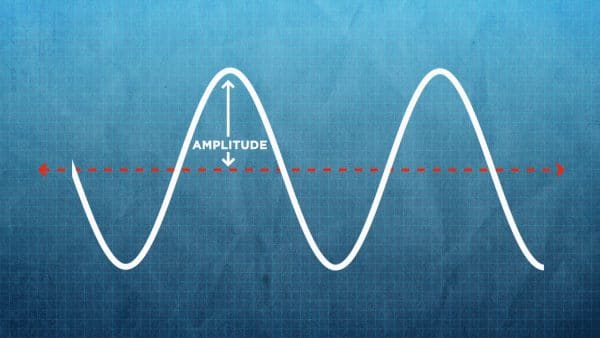



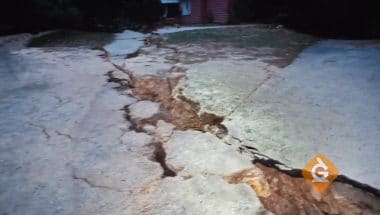
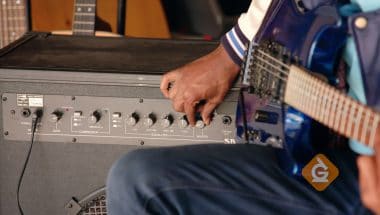
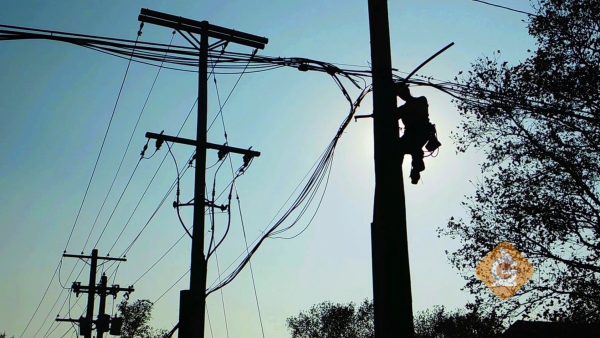

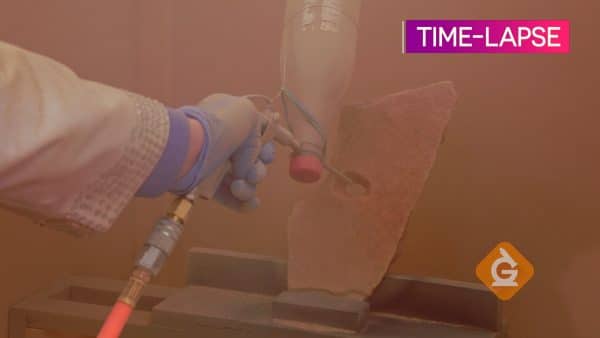


























































































































 GENERATION GENIUS
GENERATION GENIUS




